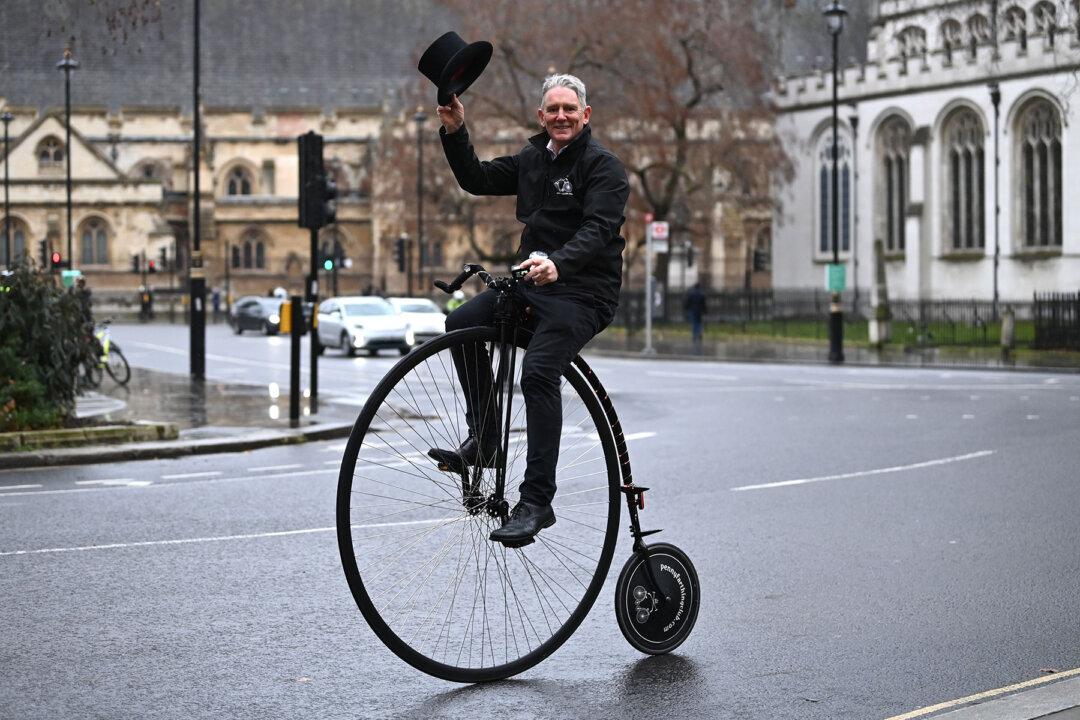The UK government unveiled a new £3.5 billion fund in the House of Commons on Wednesday to help leaseholders strip potentially dangerous cladding from their buildings.
The plans announced by Secretary of State for Housing, Robert Jenrick, will see a mixture of grants and loans issued to those affected in a bid to remove cladding from buildings around the UK that has been identified as being a fire risk in the wake of the Grenfell Tower fire in 2017.




